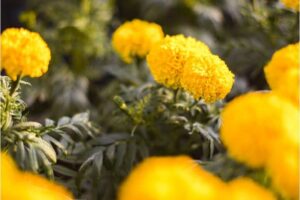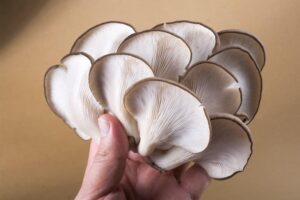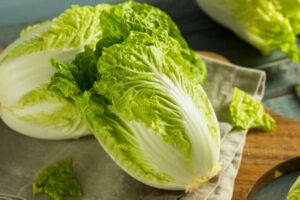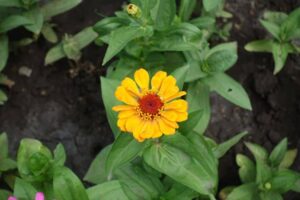
Transplanting carrots and radish is not recommended for a number of reasons. Both of these vegetables have long taproots that don’t transplant well due to their delicate structure. The process of transplanting can cause the taproots to break off and become damaged, resulting in stunted and less productive plants.
In addition, both carrots and radish are sensitive to temperature fluctuations and are more likely to suffer from transplant shock when moved from one location to another. Finally, planting carrots and radish from seed is a much easier and successful process than transplanting them, as it eliminates the risk of damage to the taproots.
Understanding Carrots and Radish
Carrots and radishes are two of the most popular root vegetables. Carrots are known for their bright orange color and sweet flavor, while radishes are known for their peppery flavor and crunchy texture.
Both vegetables are an important part of a healthy diet, as they are packed with vitamins and minerals. Carrots are an excellent source of beta-carotene, which can be converted to Vitamin A in the body.
Radishes are a good source of Vitamin C, folate, and potassium. Both vegetables are low in calories and high in fiber, making them a great addition to any meal. With their unique flavors and nutritional benefits, understanding carrots and radishes is essential to creating a balanced and nutritious diet.
Adverse Factors for Successful Transplanting
Successful transplanting requires careful preparation and consideration of a number of factors. Adverse factors, such as the age of the donor plant, the time of year, and the condition of the soil, can significantly impact the success or failure of a transplant.
Young plants are generally more successful when transplanted, as they tend to be more resilient and have better established root systems. Transplanting should be done during the cooler months of the year to reduce the stress on the plant from the heat.
Soil conditions should be taken into consideration, as well. Poor soil drainage can lead to root rot and nutrient deficiencies, while overly rich soil can lead to excessive growth, resulting in a weak, unmanageable plant.
Considering these adverse factors can help ensure successful transplanting and lead to a healthy, thriving plant.
Potential Problems With Transplanted Carrots and Radish
Transplanting carrots and radishes is a great way to get a head start on your garden, but there are a few potential problems that you should be aware of. Transplanted carrots and radishes can be more vulnerable to pests and disease, as the young plants are not as hardy as those that have been grown from seed.
Moreover, many transplanting techniques can cause the plants to become root bound, meaning their roots can’t spread out and get the nutrients they need to grow. Finally, carrots and radishes can be difficult to transplant as their root systems are extremely fragile.
To avoid these risks, it’s important to use a transplanting method that won’t disturb the roots too much, and provide the plants with plenty of nutrients and protection from pests. With a little extra care, you can get a great harvest of carrots and radishes – no matter if they were grown from seed or transplanted!
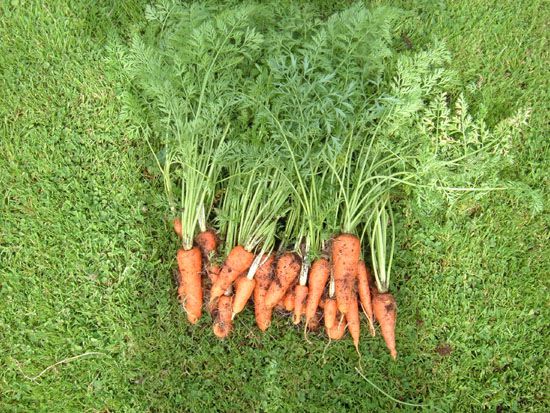
Benefits of Direct Sowing
Direct sowing is a great way to get your garden growing quickly and with minimal effort. By sowing seeds directly into the soil, you can bypass the traditional step of starting your seeds indoors and waiting for them to germinate. This is especially beneficial for impatient gardeners who want to get their garden growing right away.
Direct sowing also helps to reduce the risk of disease and pests that can be introduced when transferring young seedlings from indoors to outdoors. Additionally, it saves time and energy by eliminating the need to water and care for seedlings in a separate area before transferring them to your garden. Direct sowing allows you to take advantage of seasonal planting opportunities, helping you to get a head start on the growing season.
With its many benefits, direct sowing is an efficient and effective way to get your garden growing.
Tips for Direct Sowing Carrots and Radish
Direct sowing, or planting seeds directly in the ground, is an easy and cost-effective way to grow carrots and radishes. To get the best results, it’s important to follow a few steps.
First, prepare your soil by adding compost or fertilizer to ensure an ideal growing environment.
Then, sow the seeds at the correct depth and spacing. Make sure to water regularly and keep the soil moist.
Finally, thin out the plants as they grow to ensure they have plenty of room to develop. With these simple tips, you can enjoy a delicious crop of carrots and radishes in no time!
FAQs About the Why It Is Not Recommended To Transplant Carrots And Radish
What happens if you transplant carrots and radish?
Answer: Transplanting carrots and radish can cause the plants to become stunted and can lead to disease and other issues.
Is it possible to transplant carrots and radish?
Answer: While it is technically possible to transplant carrots and radish, it is not recommended due to the risk of stunting the plants and exposing them to disease.
Are there any alternatives to transplanting carrots and radish?
Answer: There are other ways of planting carrots and radish such as direct seeding or starting them indoors and transplanting them when they reach the right size.
Conclusion
It is not recommended to transplant carrots and radish because the tender root systems of these vegetables are easily damaged during the transplanting process. Transplanting can also cause the plant to become stressed, which can lead to stunted growth and a decrease in yield. In addition, transplanting can lead to more weeds and diseases, which will further reduce yields. Therefore, it is best to sow carrots and radish directly in the garden for the best results.


